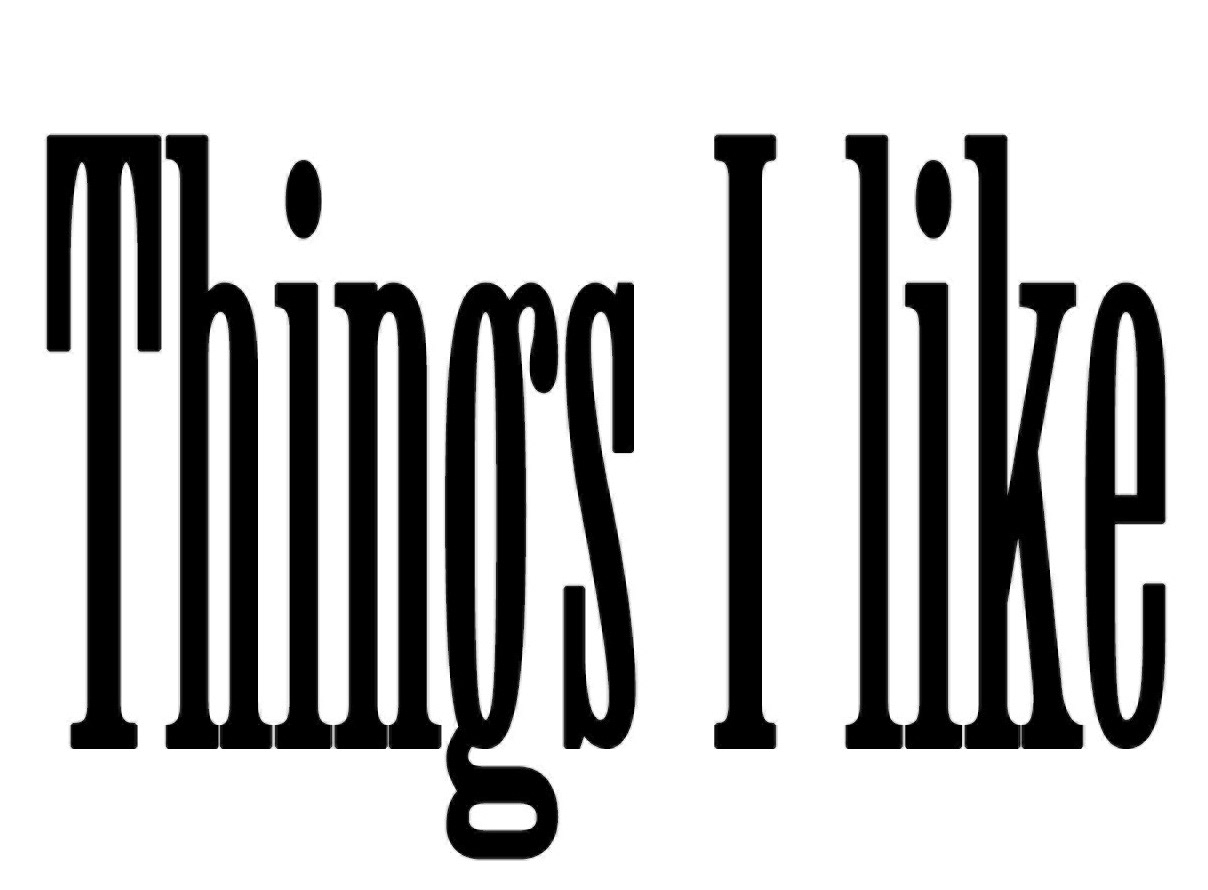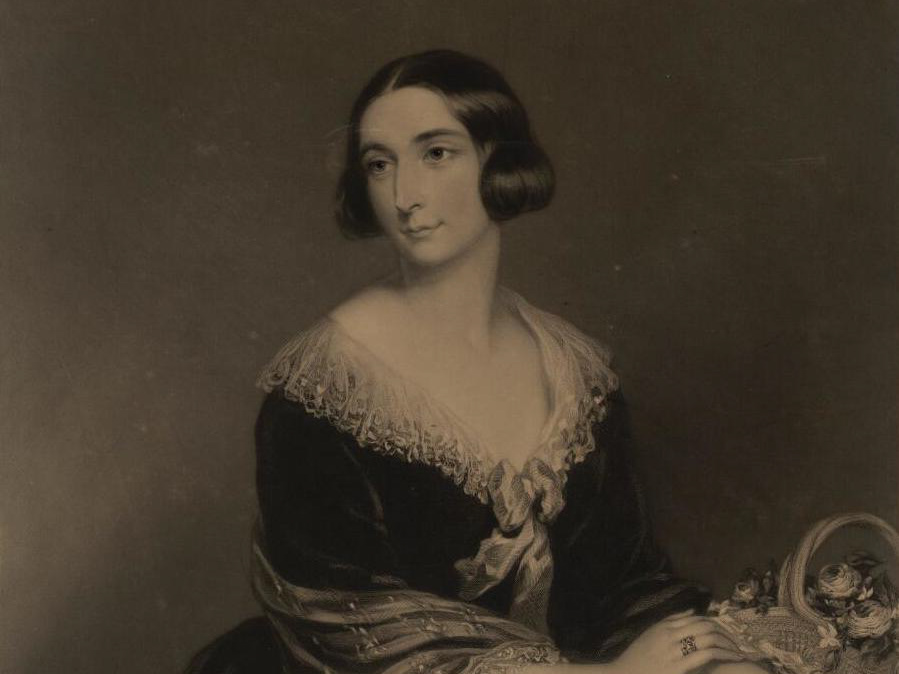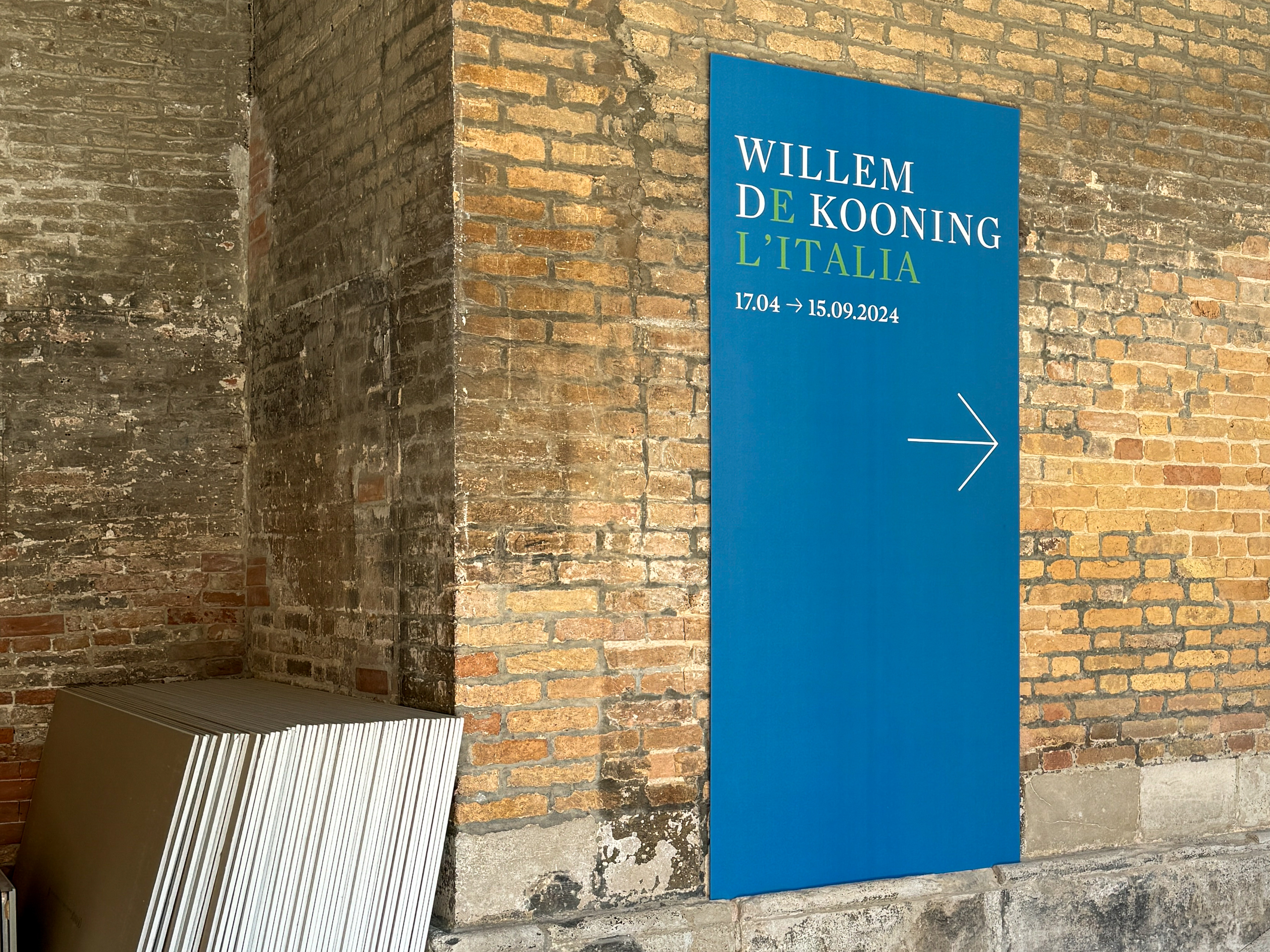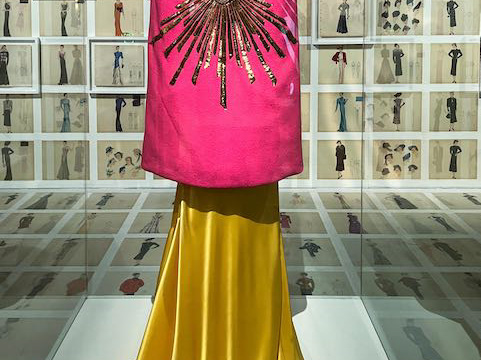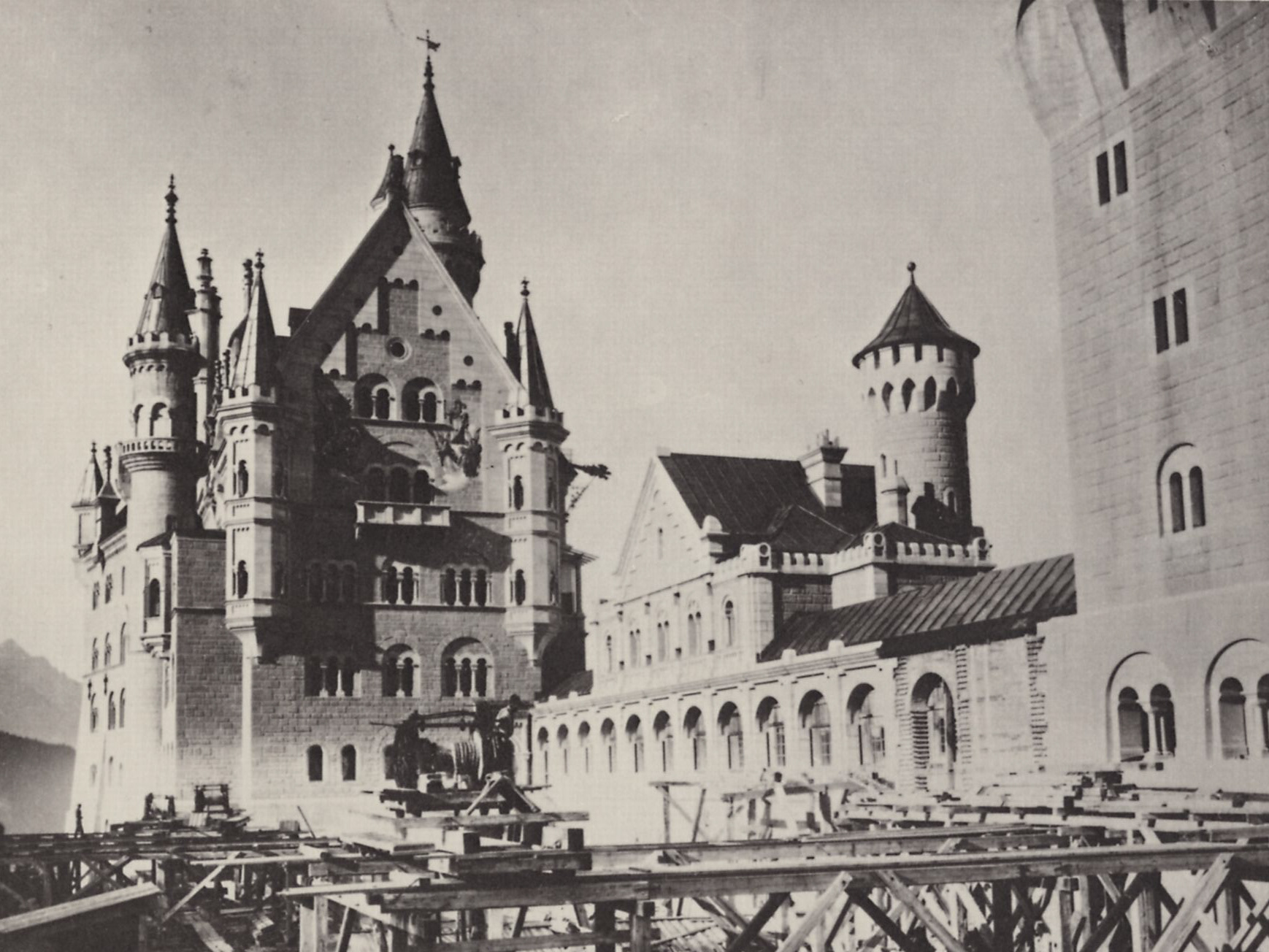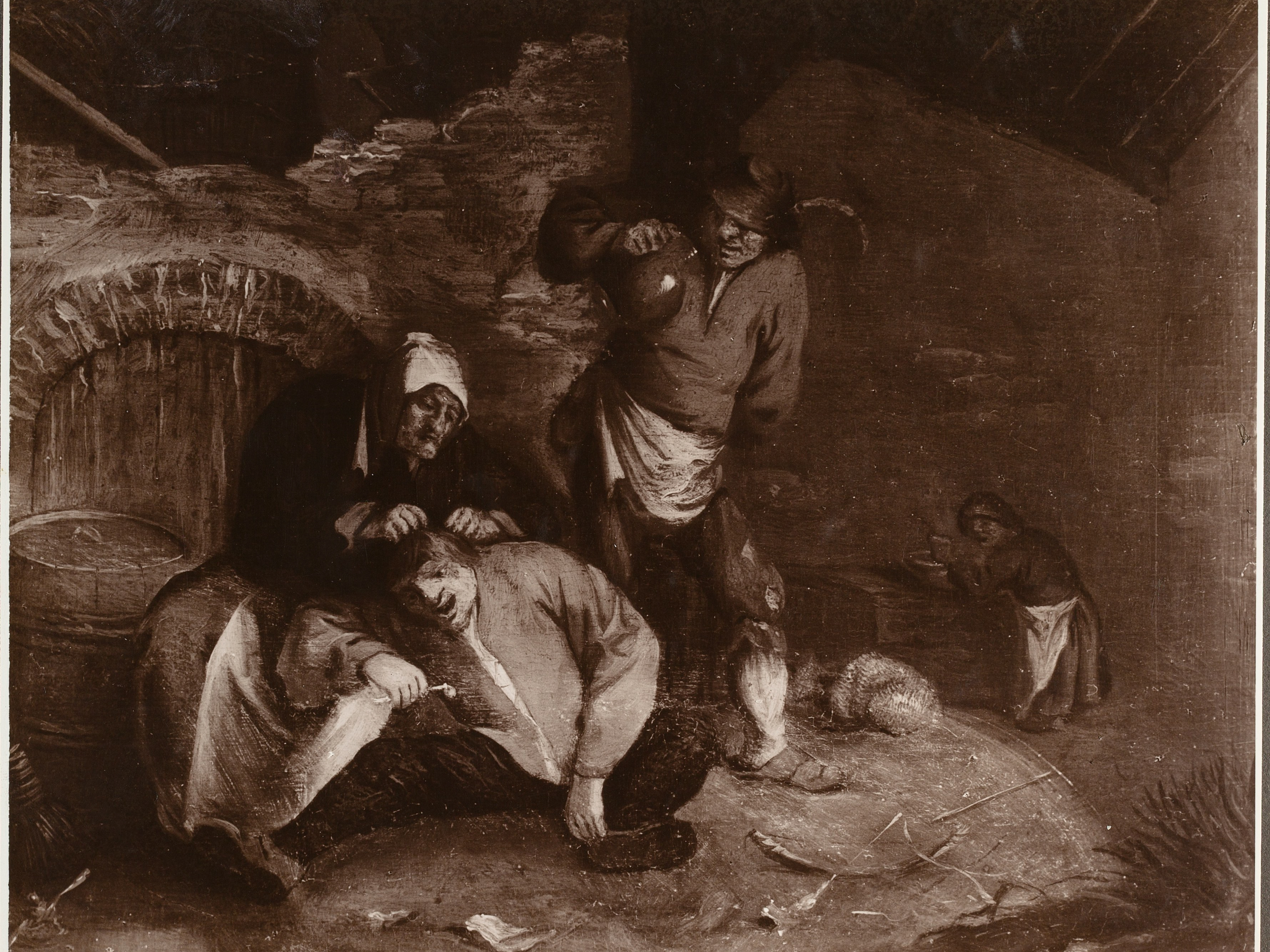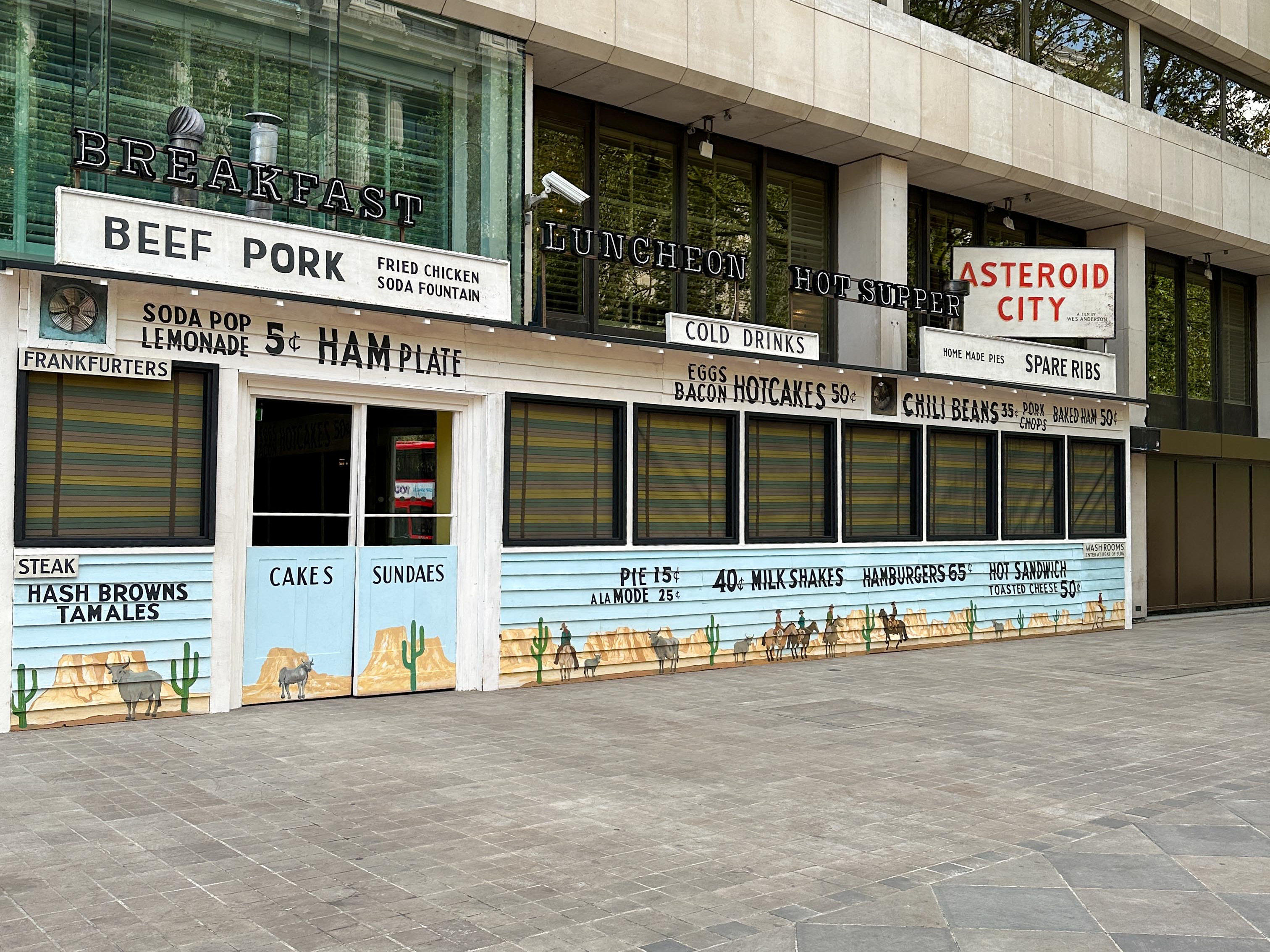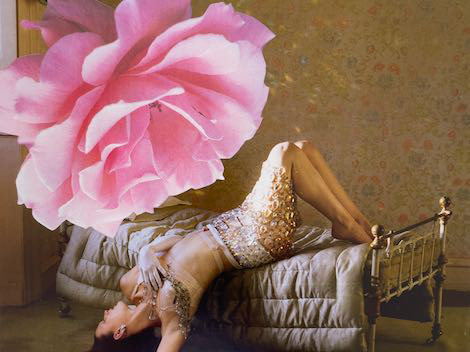Figure 1 David Ryckaert III, The Whitsun Bride, dated 1639, oil on panel, 38,7 x 41,8 cm, Sotheby’s, lot 159 28 april 2008.
In the middle of a small village, a group of children turns the street into their stage. With copper pots and funnels as hats, and flower garlands for decoration, they act out a playful ceremony that is at once charming, lively, and full of meaning (Fig. 1). This is the world of The Whitsun Bride, a painting now attributed to the Antwerp artist David Ryckaert III (1612–1661).
Although the painting is now considered one of his works, its authorship was not always so clear. In the 1930s and early 1940s it appeared in Amsterdam as a painting by David Teniers III, and at another moment it was even believed to be by Joos van Craesbeeck. It wasn’t until 2008 that Bernadette van Haute reattributed it to Ryckaert, based on photographic study for a Sotheby’s auction. Van Haute also identified two other paintings with nearly the same scene, suggesting that Ryckaert, or his studio, returned to the subject more than once.
The painting shows children enacting a festive ritual in the street of a rural settlement. In the center, a girl wearing a blue headscarf looks directly at us, while next to her stands another child crowned with flowers and dressed in a white apron. They are surrounded by laughing and gesturing companions, eager to be part of the spectacle.
Although the girl with the flower crown stands out, Ryckaert doesn’t rely on a single visual focal point. Bright touches of color are balanced with softer hues, giving the scene a sense of harmony and natural flow. The open view in the background, leading to fields and village buildings, adds depth and ties the children’s make-believe world to the everyday reality around them.
In the two other versions of the painting (Fig. 2 and 3), the composition is slightly more formal, and the flower-crowned girl is placed more decisively at the center. Her importance feels more clearly signposted there, while in the main version her prominence emerges more subtly from the lively interaction among the children
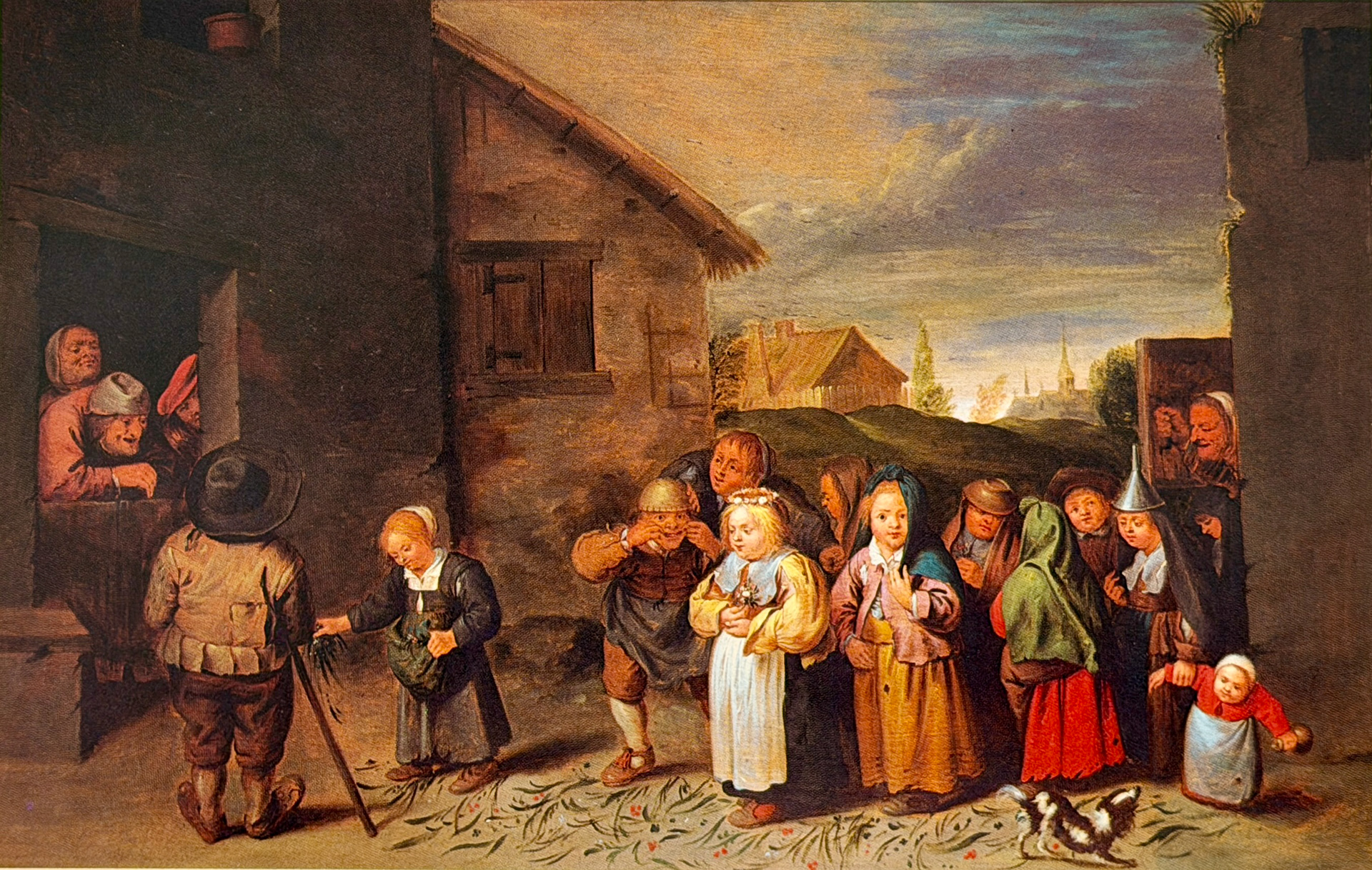
Figure 2 After David Ryckaert III, previously Joos van Craesbeeck, Die Kinderhochzeit, 1640, oil on panel, 49 x 75 cm, Dorotheum, lot 80 18 december 2017

Figure 3 Circle David Ryckaert III, Kinderhochzeit, ca. 1637-1639, oil on panel, 49,7 x 69,8 cm, Städel Museum, inv.nr. 1191
The scene depicts a traditional spring festival celebrated in parts of the Low Countries: the Whitsun Bride (Pinksterbruid). During this event, a young girl decorated with flowers symbolized the arrival of spring and fertility. She was led through the village by children, who often sang, played instruments, or collected small gifts along the way.
The festival blended older seasonal customs with Christian Pentecost celebrations, reflecting how village life often linked church rituals with local traditions.
Earlier artists such as Pieter Brueghel II and David Vinckboons had also painted the event, though usually as a small detail in large, busy village scenes (Fig. 4). Ryckaert does something different: he moves the children to the foreground and makes their performance the heart of the story. This fits with a broader development in his career around 1639, when he became increasingly interested in children’s play and everyday life as worthy subjects of art in themselves
Figure 4 Pieter Brueghel II, De Pinksterblom, oil on panel, 47 x 74,1 cm, Anhältische Gemäldegalerie-Schloss Georgium, inv.nr. 45
Before the reattribution, the painting was seen as the work of Joos van Craesbeeck. But when one compares The Whitsun Bride with confirmed works by Craesbeeck, especially those from the late 1630s, Ryckaert’s authorship feels stronger. Around that time Craesbeeck still followed the manner of Adriaen Brouwer quite closely, while Ryckaert was already refining a personal style focused on delicate faces, warm lighting, and gentle modeling.
Another painting strengthens the case: Charivari, dated 1640 and attributed to Ryckaert, features two of the same children who appear in The Whitsun Bride (Fig. 5). Their poses, expressions, and even costumes are strikingly similar. It is possible that the children were his own. The connection in technique and handling makes Ryckaert’s authorship very convincing.
Figure 5 David Ryckaert III, Charivari, 1640, oil on panel, 57 x 76 cm, ImKinsky, lot 1041 7 juli 2021.
So why are there three versions of the painting? In seventeenth-century Antwerp, copying one’s own work was not unusual. The local art market was large, competitive, and busy, and many artists produced multiple versions of successful subjects. Some were painted by the master, others by assistants, students, or members of the workshop.
The version in the Städel Museum, for example, shows slightly less refined faces and weaker brushwork, making it likely the work of someone in Ryckaert’s circle rather than Ryckaert himself.
Taken together, the scene and the surviving versions show both Ryckaert’s artistic skill and the lively, commercial world in which he worked. The Whitsun Bride is more than a charming snapshot of children at play – it reflects a moment of spring celebration, local tradition, and the artistic imagination of a painter who knew how to turn ordinary village life into something quietly memorable and full of feeling.
